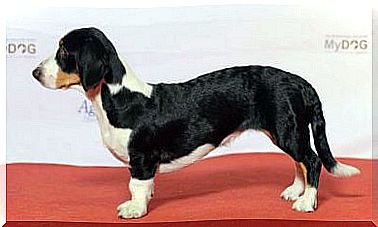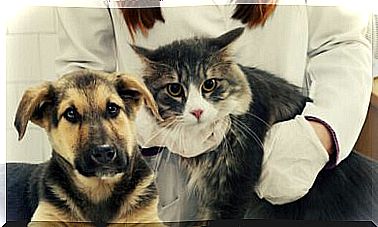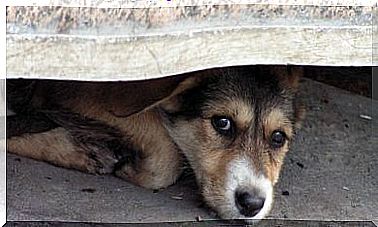What To Do If Your Dog Has Heat Stroke
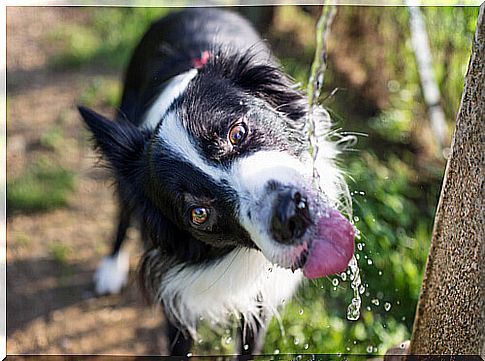
The closer you get to the warmer spring and summer months of the year, the more important it is to keep in mind that heatstroke is a relatively common phenomenon in animals, especially cats and dogs.
Every summer, hundreds of dogs need to be rushed to the vet after they have been hit by a heat attack. Fortunately, some cases are mild, but others can be more serious and prove fatal.
It is very important to take certain precautions into account. For this reason, in the following article we will share some tips with you so that you know how to deal with heatstroke in dogs.
What is heatstroke?
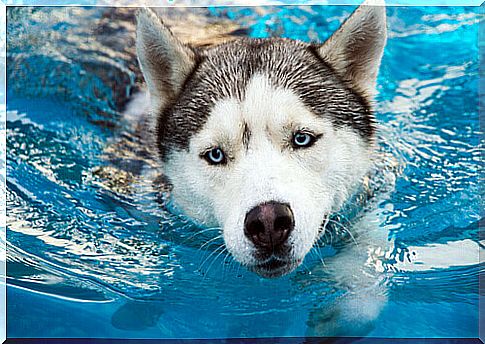
Hypothermia is the term used to describe an elevation in the body’s temperature. This increase usually occurs in response to phenomena such as inflammation in the body or a very hot environment.
When a dog is exposed to high ambient temperatures, as a result of sunstroke or suffocation from the heat, he can suffer from hypothermia. This happens because dogs don’t sweat through their skin like humans do.
Dogs sweat through the pads located on the paws, and by breathing heavily through the nose. If an animal fails to expel heat effectively, its internal body temperature begins to rise.
In the case of heat stroke, panting is not enough to cool the body.
The heat attack occurs when the body’s normal mechanisms fail to keep the temperature at a safe level.
A dog suffering from moderate heat stroke will have a body temperature between 40 and 41 ° C, and will be able to recover in an hour if first aid is provided and quickly brought to the vet.
Remember that the normal body temperature is 37 and 38 ° C.
A severe heat attack, i.e. when the body temperature exceeds 41 ° C, requires immediate veterinary assistance otherwise it could be fatal.
Once you have identified the symptoms of heatstroke, you will have very little time to prevent the damage from becoming more severe or even death.
In general, owners do not realize that their pet is suffering from this condition until it reaches a state too advanced to be able to remedy it.
To prevent any such situation, it is important to learn to recognize the signs of heatstroke and prevent it from happening to your dog.
As we have said, emergency medical treatment is necessary to prevent damage to vital organs and death. Recognizing the most common symptoms of a heart attack in time will therefore be essential to save the life of your little friend.
Signs that allow you to identify heat exhaustion

A dog suffering from a heat attack will exhibit various symptoms, such as shortness of breath, bright red tongue, red or pale gums, sticky saliva, depression, weakness, nausea, vomiting sometimes with blood, diarrhea and coma.
The first thing to do is to move the dog out of the hot area immediately.
Before taking him to the vet, try to lower his temperature: wet him well with cold water, while in the case of puppies or smaller specimens use lukewarm water.
Also increase the air flow around him by using a fan.
Be careful: using water that is too cold can actually be counterproductive.
Cooling too quickly can cause other medical conditions that could even put your pet’s life at risk. The rectal temperature will need to be checked every 5 minutes.
When the body temperature has dropped, the cooling measures should be stopped and the dog should be allowed to dry completely, covering it so that it does not continue to lose heat.
Even if he appears to be recovering, take him to the vet as soon as possible. It will still need to be examined, as it may still show signs of dehydration or have additional complications. Therefore, provide him with enough water to hydrate again.
Once at the vet, the doctor will carry out temperature checks, give him fluids and, if necessary, oxygen. He may also take blood samples to monitor clotting times.
To prevent heatstroke, keep your pet in a cool, ventilated place on hot days .
Make sure it has water available and avoid outdoor walks at noon or early afternoon.


